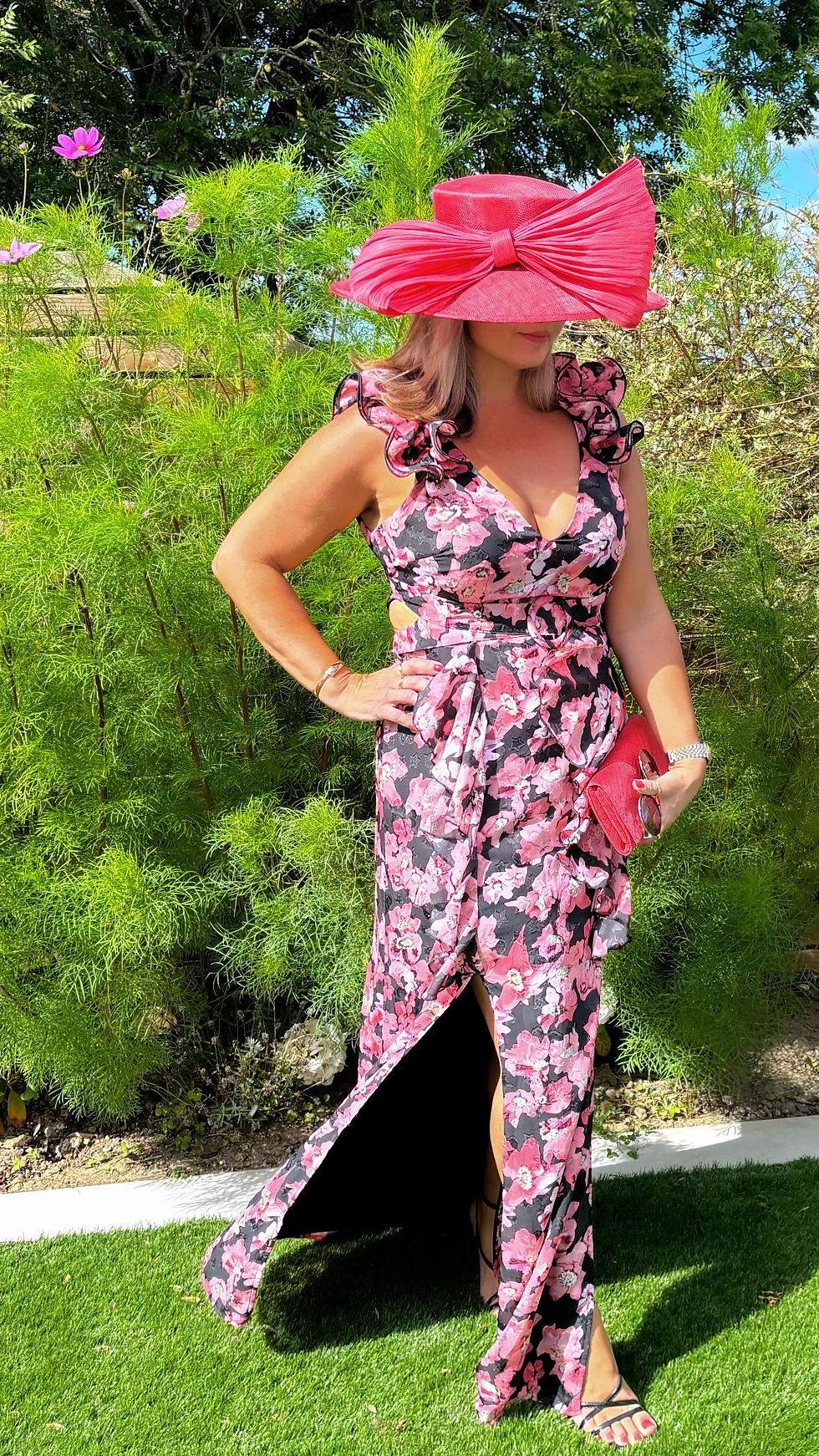Something blue...
- Victoria Conway

- Jun 30, 2021
- 3 min read
Wedding traditions, there are so many! Do not despair if there is rain on the wedding day, because rain when you are tying the knot is good luck! It signifies that the marriage will last. As you will know, a knot which becomes wet is extremely difficult to untie, so your marriage will supposedly be just as difficult to unravel. But where does the expression 'tying the knot' originate? It is a wedding tradition as old as time and an ancient Celtic practice dating back to medieval times, the handfasting ceremony. Tying knots of cloth around the happy couples hands binds them together in matrimony - two become one.
Something old,
Something new,
Something borrowed,
Something blue,
And a (silver) sixpence in her shoe.

This traditional wedding rhyme describes the objects that a bride should have with her on her wedding day; we have all been following this custom for centuries and it originated in Lancashire during the Victorian era. But what do they all symbolise?
The old item provides protection for the baby to come. The new item offers optimism for the future. Something borrowed was preferably the undergarment of a lady who had already had children to confuse the 'evil eye' or from another happily married couple for good luck and something blue also protected the Bride against the 'evil eye', a curse which could make the bride infertile. The colour blue represents purity and fidelity. Lastly, the sixpence - a British silver coin - is a symbol of prosperity and acts as a ward against evil.
Why does the bride stand on the left? Of course, in swashbuckling days, a man needed to keep his right hand free to draw his sword. Like Paris battling his way to the sea with Helen captured in his left arm, any prospective groom should expect a little resistance from the bride's family or rival suitors! And when you are whisking away your bride, you're going to need back up in the event of a brawl, hence the election of a 'best man' to back you up. The 'best man' is literally the best at handling a sword!
And Bridesmaids? They are there to protect the bride also...traditionally they would dress in the same colour to confuse evil spirits looking for the Bride. Dressed alike, it was much harder to target the Bride. This custom persisted well into the Victorian era. When Queen Victoria married Prince Albert in 1840, her twelve bridesmaids wore matching white dresses to complement Victoria's gown which was made of satin. What an image of grace and as a result a whole new trend began because previously nobility wore silver dresses to get married. Thank you, Victoria, for the white wedding dress!
So, moving onto hats for weddings, should you wear black or white hats to a wedding? Black has always been considered a bit of a taboo - it is a sign of mourning, evil or even bad luck. A white accessory with a strong dress colour is acceptable, but it turns out that white is still the main colour you can't wear to a wedding. eighty percent of Brides still wear white for their wedding.
There are so many more traditions: giving away the bride, the wedding rings, throwing rice, the first dance, the wedding cake, carrying the bride over the threshold, but my favourite is the bouquet toss! During the more unusual and perhaps barbaric 15th Century a particular tradition involved the guests at the end of the day tearing off bits of the bride's dress, flowers or even hair. People believed that grabbing a piece of her outfit would pass on good luck to them. Unfortunately, the guests would be quite rowdy at this stage, so a tradition evolved where the bride would simply toss her flowers at the unruly mob and then run for her life!

Whichever you intend to follow, I wish you all the most wonderful time at your special weddings, made all the more precious in these unusual times. For more wedding traditions, pop along to the Hattery and whilst we chose the most elegant and glamorous hat, hatinator or fascinator, I will regale you with even more!






Comments